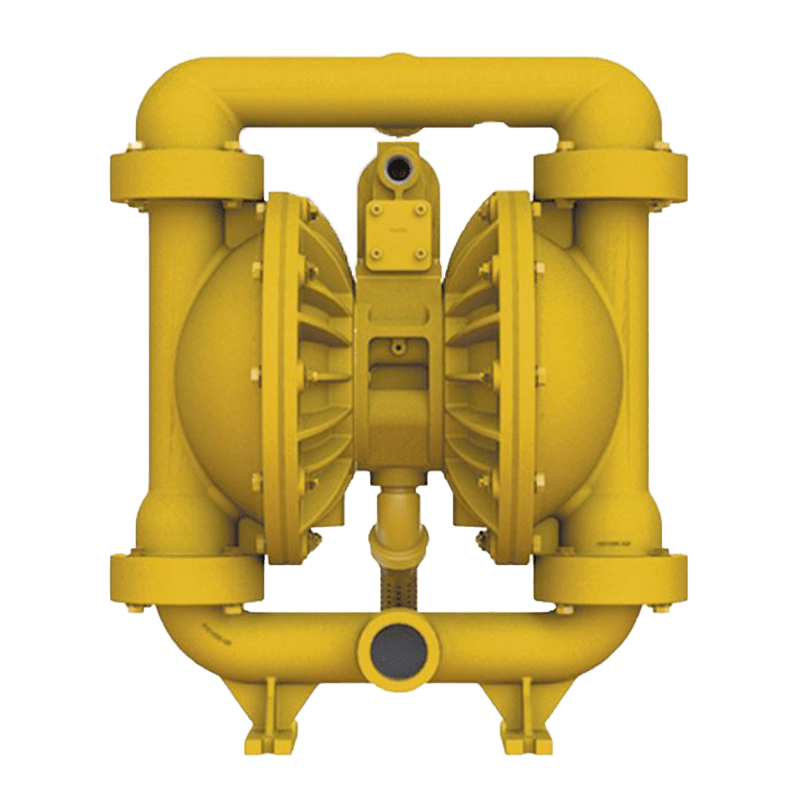Positive Displacement Pump E Ample
Positive Displacement Pump E Ample - Web positive displacement pumps are ideal if you are pumping liquids with a high viscosity. There are four common types of pd pumps available: Their purpose, how they work, their applications, and the benefits and downsides of this pump type. Positive displacement pumps with flow rates from 20 l/h to 170,000 l/h. Positive displacement pumps for viscosities up to 1,000,000 mpas or higher. However, there are many other reasons to select a pd pump over a.
The trapped fluid is usually moved by using a piston or a rotating gear. Positive displacement pumps operate by trapping and moving a fixed amount of fluid through the pump’s housing with each cycle. Web a positive displacement pump is a type of dynamic displacement pump that uses a mechanism to trap a fixed amount of fluid and then move it through the pump. There are four common types of pd pumps available: Web unlike dynamic pumps, which rely on kinetic energy to move fluids, positive displacement pumps work by creating a sealed chamber that enlarges and contracts to move the fluid.
Web Updated On July 14, 2023.
Web positive displacement pumps are used in a myriad of applications across multiple industries. Web positive displacement pumps are usually selected for their ability to handle high viscosity fluids at high pressures and relatively low flows as their efficiency isn’t affected by pressure. These pumps are known for their ability to deliver a consistent flow rate, even at high pressures. What is a positive displacement pump?
Web Selection Of A Positive Displacement (Pd) Rotary Pump Is Not Always An Easy Choice.
Web positive displacement pumps add energy to a fluid by applying force to the liquid with a mechanical device such as a piston or plunger. Positive displacement pumps with flow rates from 20 l/h to 170,000 l/h. Technical data of our positive displacement pumps. There are four common types of pd pumps available:
Since Positive Displacement Pumps Theoretically Generate Flow Independent Of Discharge Pressure, Figures 2 And 3 Show How The Delivered Flow Rate Is Affected By The Differential Pressure And Speed.
However, due to their size, simplicity and ruggedness, they often are not as well understood as other pump types. Web one of the claimed advantages of centrifugal pumps over positive displacement pumps is their ability to operate over a wide range of flow rates. The action of pumping is repeated & can be driven by screws, pistons, lobes, gears, vanes, diaphragms. These pumps are able to handle viscous fluids, which flow at lower speeds and create more resistance, more efficiently than kinetic (dynamic) pumps.
Types Of Positive Displacement Pumps.
Web positive displacement pump theory explains the theoretical principles of positive displacement pumps and they are basically simple. 500 °c in combination with a magnetic coupling. Positive displacement pumps for viscosities up to 1,000,000 mpas or higher. This mechanism allows them to provide a constant flow rate regardless of the discharge pressure or system resistance.
Web a positive displacement (pd) pump is used to move a liquid frequently with a set volume, with the help of valves otherwise seals by moving it automatically throughout the system. However, there are many other reasons to select a pd pump over a. Positive displacement pumps are usually chosen in a situation where a centrifugal pump would fail to handle solids and difficult liquid conditions. The action of pumping is repeated & can be driven by screws, pistons, lobes, gears, vanes, diaphragms. However, due to their size, simplicity and ruggedness, they often are not as well understood as other pump types.




